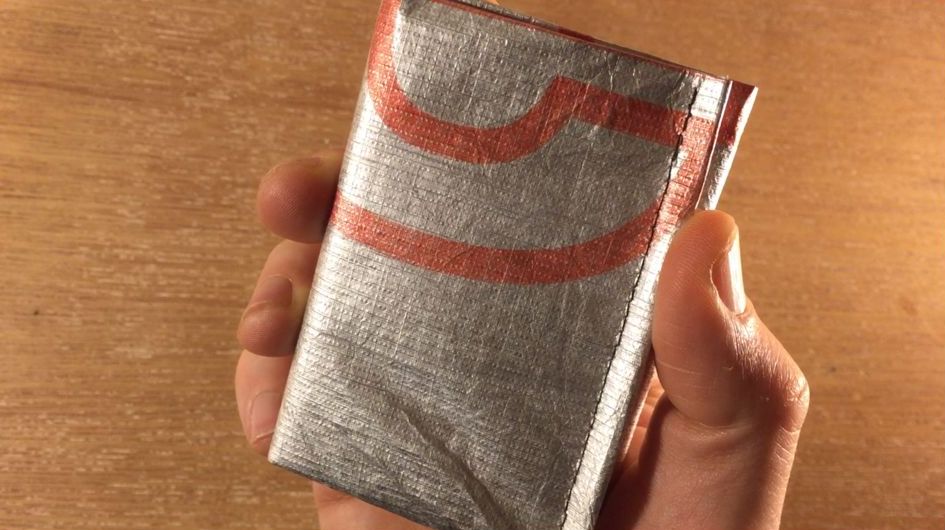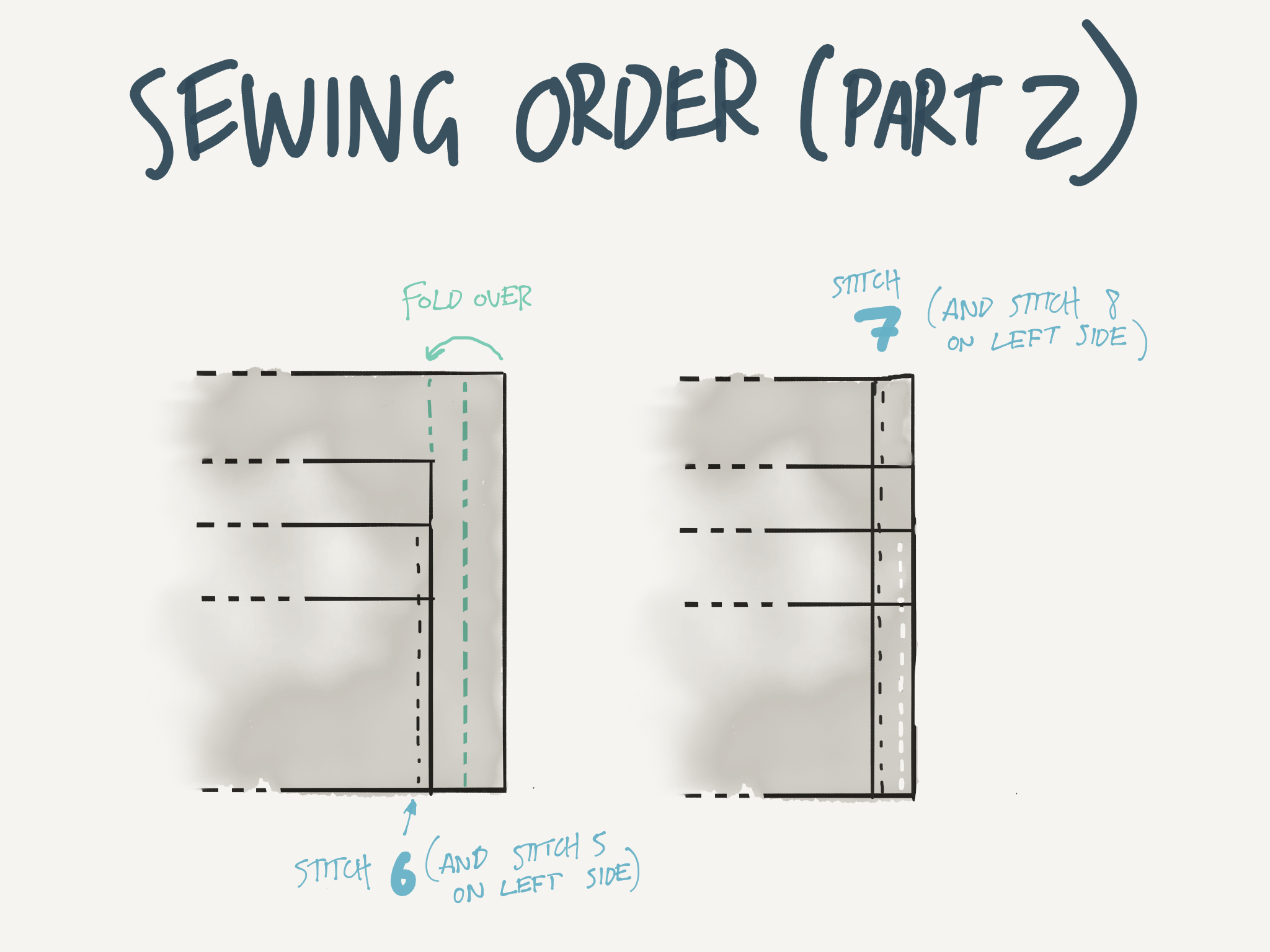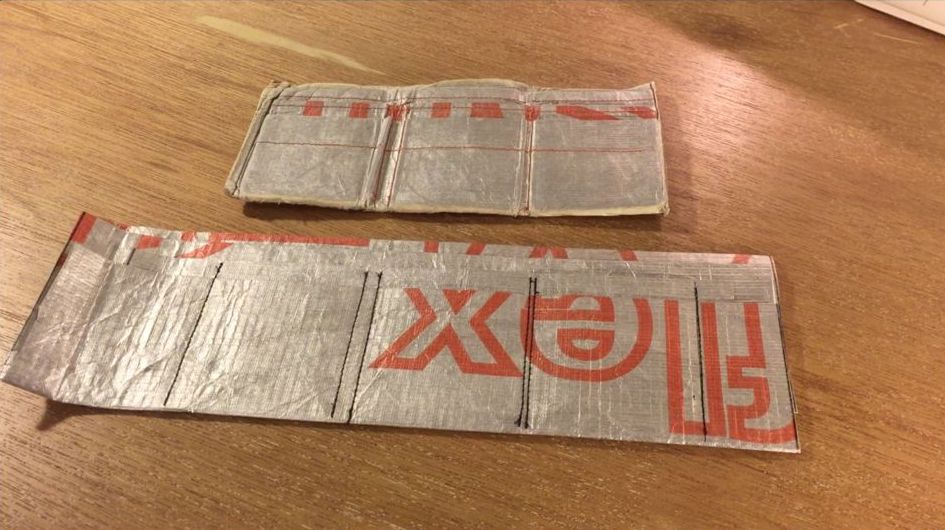Lightweight Tyvek Wallet

This is the wallet I carry with me every day. I want something as small and light as possible. I don’t carry much, just a few notes and cards, no change, keys or anything bulky. I also use it when hiking, so I want something pretty weatherproof.
I made a video of the process as an excuse to learn some video production and editing skills. Having gone to all that effort, it seemed worth investing a little more time writing up an Instructable, which you can find here. That Instructable is archived below.
Anyone can make this with some basic sewing skills. Check the video for the full walkthrough, these instructions just show some more detail that isn’t in the video.
Step 1: Materials and tools
- Sewing machine
- Thread, ideally polyester/nylon, not cotton
- An unpicker, if you’re anything like me
- A sheet of Tyvek
Tyvek is tricky to get in the UK in small quantities. Try asking on a building site (they use it to wrap houses while they’re under construction) If you don’t have access to Tyvek, you could make a similar wallet using coated nylon or lightweight Cordura, but you might need to sew a few more hems to stop it fraying.
Step 2: Measuring and cutting


This is the one step I didn’t cover in the video. It’s kind of boring to watch. So I made some images to show how it’s constructed.
It’s made of 3 pieces. The main body of the wallet folds over to form the outside and inside faces. Sandwiched between those faces are 2 more leaves, that when sewn up, form the internal layers of the wallet – the pockets for cards and notes.
In my design, each piece is made from a double thickness of material, to make it a little more rigid. You can make it from a single thickness, but I would advise allowing for a small fold-over and hem on each exposed edge. This design is simpler, because the exposed edges are all tucked down at the bottom of the wallet, where they won’t get scuffed up.
Width-wise, you can cut all of the pieces oversize and trim them down at the end when you sew the two edge seams, so if in doubt leave yourself some wiggle room.
The only tricky bits are:
- Making the pockets big enough to fit your cards, but tight enough that they don’t slip out too easily.
- Allowing enough space between pockets so the wallet can be folded in on itself. You can see in this video that my wallet didn’t fold over properly when I made it, but now I’ve been using it for a while, it’s stretched to fit much better.
Step 3: Sewing it up


It’s sewn together with a series of vertical top stitches. You’ve just got to get the order right.

Start by sewing the internal seams for the pockets. Make sure that the outer flap of the wallet is not under your needle when you do this, otherwise you’ll sew through the note compartment of the wallet. You’ll see me do this in the video and I have to unpick it.

Then finish up by trimming off the excess from the edges, folding these seams over to enclose the outermost seams and running a top stitch along these to finish it off.
And you’re done. Have fun!